Review | Persona 5 Strikers
When I finally put down the controller and watched the credits of Persona 5 Royal I thought, ‘Is this really the end? Will we ever get another adventure with the Phantom Thieves?’ After all, Persona 5 was the JRPG that finally got me hooked into the genre and ultimately became one of my favourite games of all time. So as an ex-JRPG-sceptic I’m pleasantly surprised that Persona 5 Strikers provides a clean but irresistible break from the life sim and dungeon crawling gameplay that the Persona series has become famed for.
I think this woman stepping on someone’s chest might not be as nice as she first appeared.
Persona 5 Strikers is a spin-off game from the developers behind Dynasty Warriors and Hyrule Warriors, Omega Force, with additional input from P-Studio themselves. It follows the Phantom Thieves on a summer road trip four months after the tumultuous events of the original game. However, their holidaying is interrupted as they find themselves wrapped up in another mess involving the Metaverse, this time in the form of Jails, dungeons where the ruler has stolen people’s desires. The biggest draw of this game has to be that it reunites you with these characters you have grown to love. The story itself, whilst not being super amazing, continues reinforcing the themes that players related to in Persona 5. For the first few Jails, the rulers reflect the struggles faced by members of the Thieves in the original game and their growth as characters since then. You even go to their ‘Trauma Rooms’ to experience just how painful their lives have been and often reflect the road not taken by a member of your crew.
Sophia and Hasegawa are pretty cool and all but HAVE YOU SEEN MAKOTO’S CUTOFF LEATHER JACKET!?
Perhaps the biggest additions to the story are Sophia and Zenkichi Hasegawa, the two newcomers to the Phantom Thieves. Sophia is the cutesy AI assistant who goes on a journey of self-discovery about having emotions, a heart and thinking for yourself. Whilst Zenkichi, despite his clumsy nature, breaks down the norm of adults being self-centred by fighting for his own sense of justice even if it means fighting against the system he works for. It’s important to note that playing Persona 5 is integral to understanding the story of Strikers; so it is highly recommended to play that game beforehand. Strikers references everything from in-jokes among the Thieves to discussing past events in detail, and even bringing up villains the Thieves have fought previously. Honestly, it wouldn’t be outlandish to call this game “Persona 5 - 2”. Anyone on PC and Switch jumping in without playing the first game will feel lost and even spoiled in the process.
In theory, Strikers is part of the Omega Force family of Musou games, but it smartly mixes traditional Musou gameplay with turn-based combat. You have your basic attacks and strong attacks, but this is neatly mixed with the ability to summon your character’s Persona, here the focus of its RPG contemporary really comes into play. Casting summons on hordes, targeting weaknesses of Personas like Jack Frost, and ambushing Shadows, all provide a sense of familiarity and expands the traditional Musou template. The Jails themselves are larger than P5’s Palaces and have a wealth of exploration to get through with, but over time they become pretty samey, which can get monotonous. Every character has their own strengths in battle, and new moves called ‘Master Arts’ can be unlocked, which makes the combat immensely fun. Joker focuses on following up attacks and exploiting weaknesses thanks to his ability to wield multiple Personas, whilst Ryuji is pitted as more of a brute force character with the ability to boost his attacks and become more agile. Haru aims for slower but hard-hitting attacks. While Morgana can even turn himself into a car to ram a bunch of Shadows to oblivion.
Despite having played hours of this game, honestly, I barely have any idea what is going on in this screenshot.
Jail. Palace. Nowhere is safe from the Phantom Thieves of Hearts!
The new environments are also unique, in that you can use certain in-world objects to attack Shadows. In the very first Jail, you can even use a skateboard to beat down numerous enemies (which is as dumb and great as that sounds). The ultimate attacks, “Showtimes”, are the culmination of combat and act as a stylish reward. The only real issue with the combat here is that the overwhelming amount of action on-screen takes away from the focus of who you are supposed to attack. The camera becomes the real enemy in busy encounters, making the experience somewhat disjointed. SP usage is also very constrained early on in the game, though this goes away as your party gets stronger later in the game.
Rather than negotiating and capturing Personas, their masks are collected during battle, with the result being that you earn ‘Persona Points’. ‘Persona Points’ serves as the levelling system for your Persona, making it stronger in battle. What is interesting is these points give you the ability to select what stats for your Persona you invest in. For example, it can be more agile, or you can choose to make its magical attacks stronger. The entire range of Personas you can collect is ultimately less than the amount you can register in Persona 5, which is a little disappointing if you are looking to complete a large compendium. However, it is still a very flexible system where you can freely customise your Persona’s capabilities, without worrying about which skills you’ll need to sacrifice at the Velvet Room.
Who wants to hang out?
The life sim gameplay of Persona 5 has been significantly toned down for Strikers. Gone is the time management aspect of your days and Confidant Links with people you meet. Instead, this is condensed down to the “Bond” system; levelling up your abilities through events in the story and completing requests for your fellow Thieves. You use the points from these missions to boost your abilities, health in combat, as well as perks to help you while dungeon crawling in the Jails. Requests are present just like they were in Persona 5, however, they are a lot more monotonous here as the rewards you get are merely there to boost your own level and give you some Bond points. Exploration of the cities you’re travelling to as part of the road trip is limited, but these small areas are incredibly useful as you can stock up on items to help craft HP and SP items.
Editors Note: Makoto rules!
Persona 5 Strikers is just as stylish and flashy as its predecessor and only shines through the more you play. The game also turns things up a notch when it comes to performance, with almost little to no load times running it on a PS5 and a locked 60fps from start to finish, regardless of visual or performance mode (the only performance dip I found was during Ann’s Showtime move). And the music doesn’t need much of an explanation. It’s an amazing mix of new songs, returning hits and even some funky new remixes.
Persona 5 Strikers retains much of what made Persona 5 such a brilliant game with few damaging compromises. The combat is stylishly fluid, the story carries over the hard-hitting themes of the original game, and its music is as brilliant as ever. Combat does get overwhelming at points and the camera system is awkward at best. But the most important thing is I’d only really recommend P5S if you have finished either Persona 5 or Royal to get the most out of the game’s backstory and themes. It is a wonderfully crafted return to a world of familiar friends who have matured since we last met them. While this universe continues to reinforce the importance of free will, rebellion and resisting control.
Pros
Combat is a fluid action reimagining of the original game’s turn-based system.
The music is amazing.
Two equally likeable new characters in Sophia and Zenkichi, and a smart continuation of Persona 5’s themes.
Cons
The game’s camera system is wonky.
SP usage in combat is incredibly punishing early on.
You can only recommend Strikers if you have played Persona 5 or Royal first.
Reviewed on PlayStation 5 (also on PC, PlayStation 4 and Switch)
THEY FINALLY LET RYUJI SAY IT!


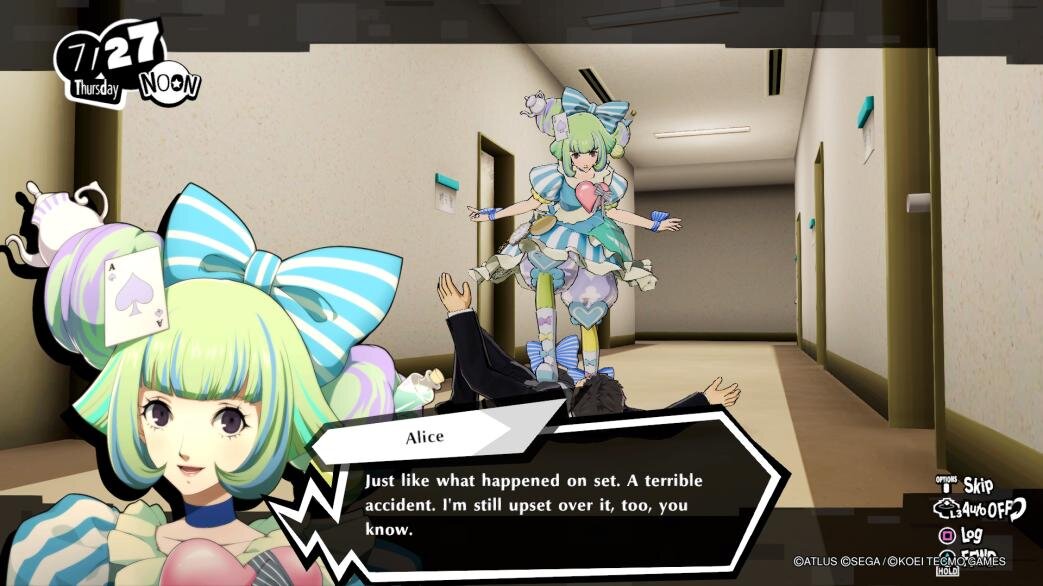
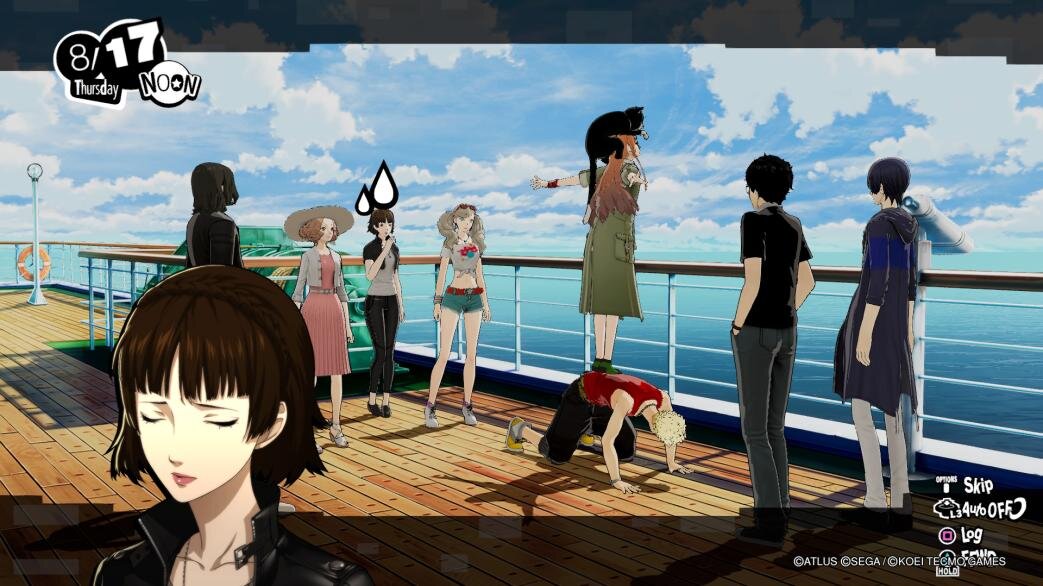
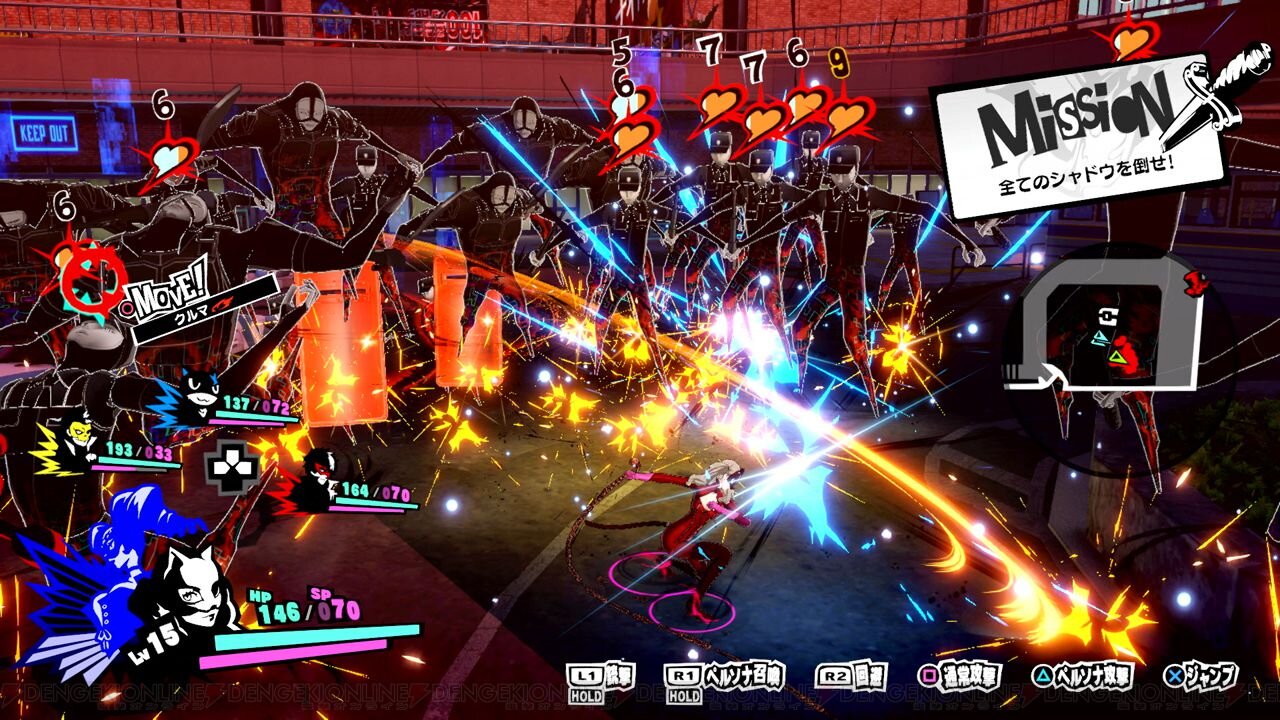

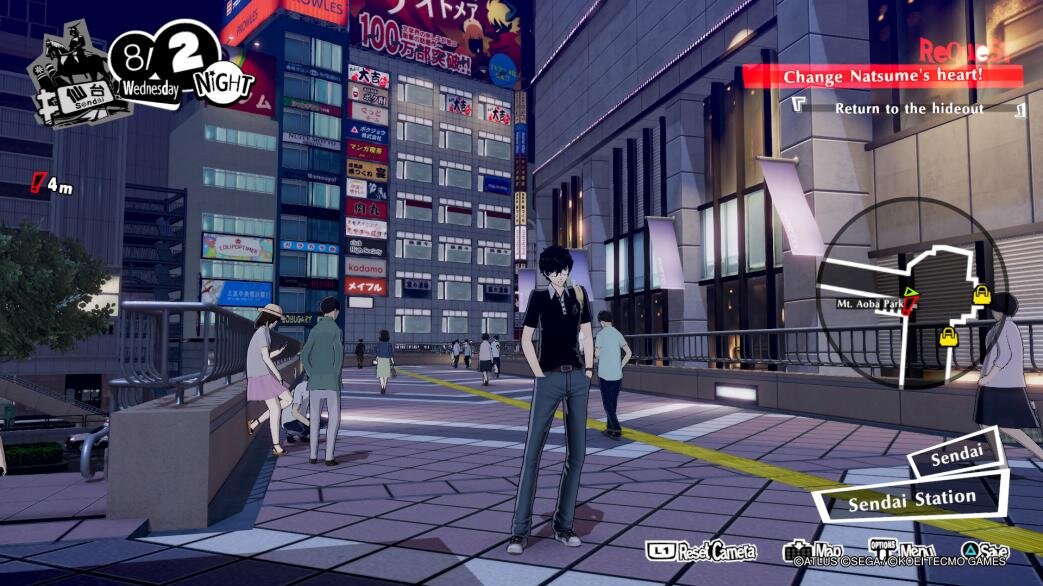
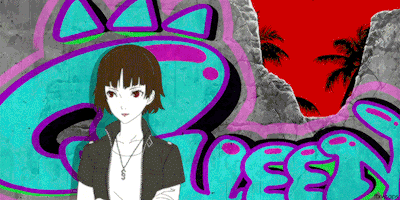
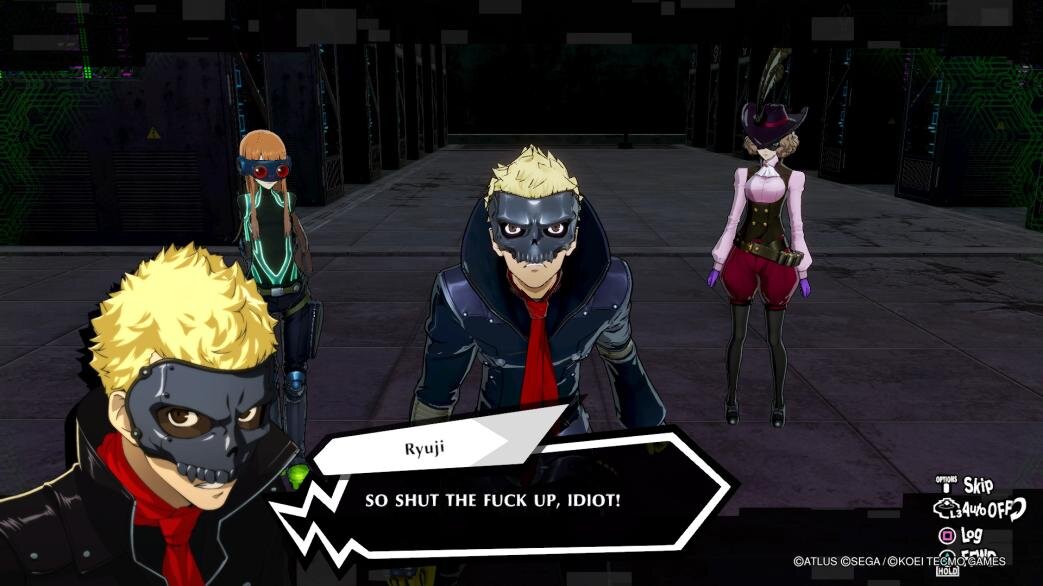

![Here's a Rundown of Everything at Sony's State of Play [25/02/2021]](https://images.squarespace-cdn.com/content/v1/5caf2dea93a63238c9069ba4/1614460193259-S42VQRLE1G6QTQSJRW83/State+of+play+Feb+2021+0.jpg)


